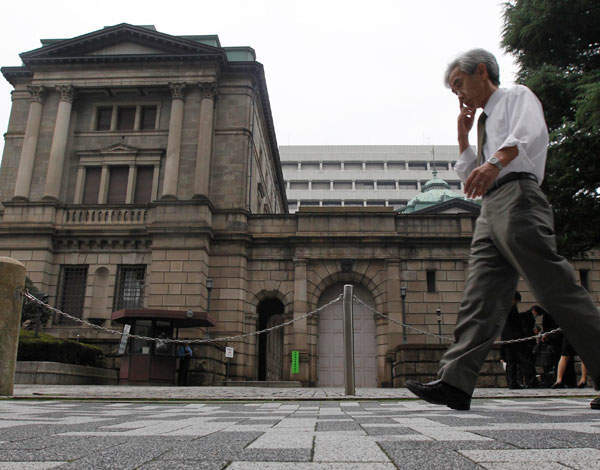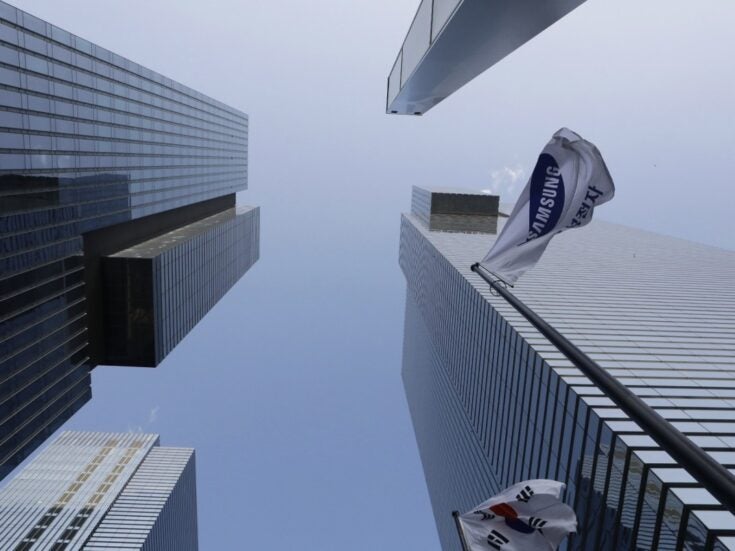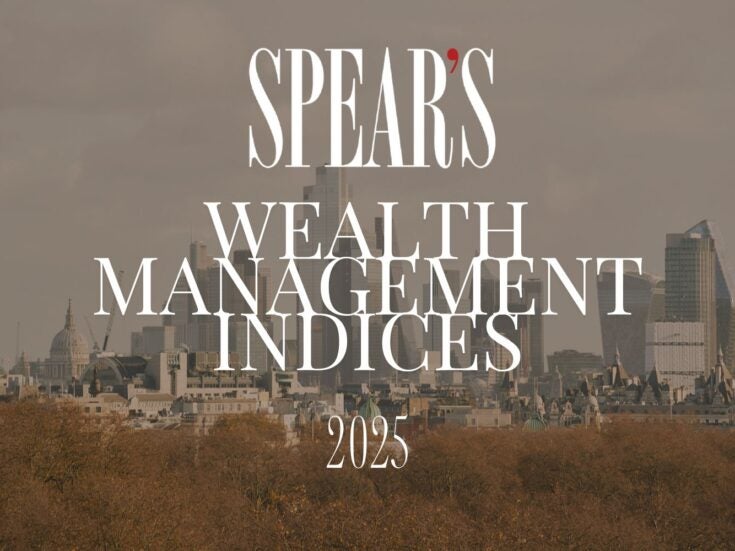
Author: by Stephen Hill

In the Thatcher-Reagan Go-Go 1980s, it was Japan that really stepped on the gas and left the rest of the world in its rear-view mirror… until it crashed in 1988 at full-speed into a concrete wall of incomprehensible madness.
As the passengers staggered out and crawled away, they began to realise they had been going far too fast. Suddenly, their roaring economy blew up as they found their banks stuffed with over-valued loans on over-valued properties and projects. All the prices of every asset in the Land of the Rising Sun were going down with the setting sun, but not coming back up in the morning.
The Bank of Japan surveyed the wreckage as the all-conquering Nikkei crashed from its gravity-defying level of 32,000 by 75 per cent and settled for years at 8,000, which represented a huge discount on its global overseas manufacturing empire: Japan’s home-base was sunk without trace in growth-induced debt, its economy dead.
Prices went into freefall and its eight largest banks, also the eight largest banks in the world at the time, slid off the charts. Japan was now surrounded by a sea of deadly debt-deflation. It was bankrupt – Irving-Fisher style bankrupt.
The Bank of Japan had to do something. It decided to tear up 300 years of central banking orthodoxy: it would print money. This money would go down a pipeline straight into the Treasury, however, not into bond markets Bernanke-style.
At least this money would go into the real economy, or so they reasoned. But as the presses rolled, slowly at first, the bureaucrats trickled money into the economy through Keynesian infrastructure projects, such as roads going nowhere and bridges to uninhabited islands.
Needless to say this process, dubbed QE for Quantitative Easing, wasn’t enough to deal with the scale of the problem, or halt the now monthly deflation of the former balloon economy.
The Bank of Japan ordered more QE, not in one big blast, but in minor and ineffectual squirts for the next ten years – more ridiculous roads and bridges – but without doing anything to halt the relentless onward march of deflation. The Bank of Japan’s deployment of QE was widely seen to be ineffectual as it was too little, too slow – take note the EU, now fiddling around with minor downward interest rates that won’t do a thing.
So, from 1997, the Bank of Japan boldly doubled its monetary base and started buying non-traditional assets as well. Having acted too timidly in the past, Haruhiko Kuroda’s Bank of Japan has now copied the Bernanke’s Fed policy and gone boldly forth where his predecessors had feared to go before, and started buying $75 billion of bonds per month.
Japan’s twenty-plus years of deflation have now been defeated, or so he claims, as real inflation hits 1.5 per cent; the trouble is that this is the result of an increase from 5 per cent to 8 per cent in the rate of Sales Tax rather than QE. We shall see if Haruhiko’s jelly really sticks to the wall this time.
The real problem, however, is the Bernanke Problem: how to define the exit strategy from QE? Don’t look at Janet ‘it-all-depends’ Yellen at the Fed right now – true, she has reduced US QE to $35 billion for July but has no real idea what to do or when to stop the printing presses, other than one day QE must come to an end.
The problem becomes how to deleverage $3 trillion-plus excess assorted bonds from the Fed’s Imbalance Sheet and sock them back to the public markets. Then we’ll all find out if the Bernanke Put becomes the Bernanke Tab, or whether the sins of the past will just be left to rot in the Fed’s vaults.
Then there is always the danger that QE is now reigniting monetary inflation, and future higher interest rates as orthodox monetarism and renewed velocity come back to haunt the excess monetary creation of the QE years; leading as ever to destruction of savings and capital, and eventually in a worst case scenario to outright protectionism.
And no one has yet done any credible maths on whether QE has trickled down and had any effect on real growth. Looking at Japan, the answer is clearly no, or, worse, negative.







